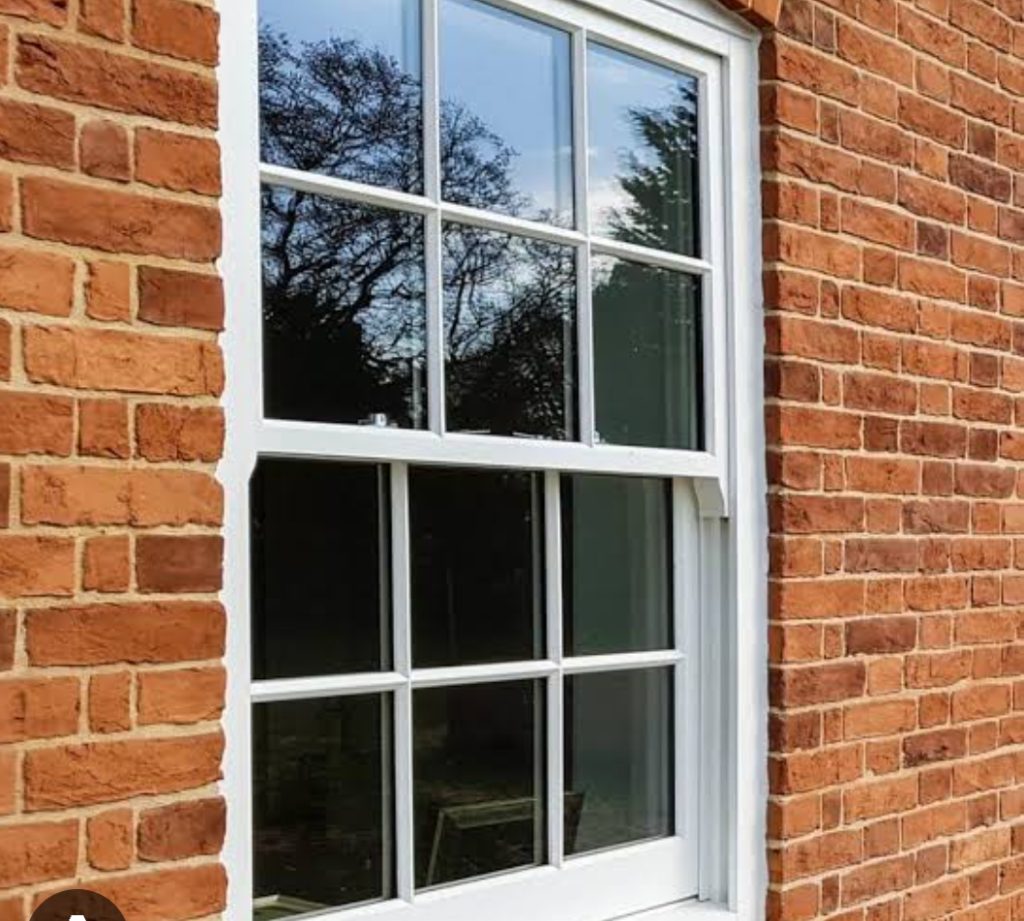Classic architecture is captivating, reflecting beautiful styles from different eras. One such enduring feature that adds to the charm of traditional structures is the Box Sash Window. These windows are known for their elegant design and functional utility, capturing the essence of past architectural trends with their timeless allure. To fully appreciate these classic windows, let us explore them in detail.
Table of Contents
Original Concept of Sash Windows
The concept of sash windows originated in England back in the 17th century and became popular in Victorian and Georgian period properties. They consist of two panels or ‘sashes’ that slide vertically or horizontally on a track, providing effective ventilation. Initially, they were often constructed with timber but over time, more durable and maintenance-friendly materials like uPVC and aluminum have been introduced.
Design Characteristics
The design elements distinguishing box sash windows include a hefty frame meant to house counterweights concealed within. These weights are connected through a cord over a pulley, allowing for smooth movement of the sashes. Traditional sash windows featured multiple small panes because large glass production was not yet cost-effective during their conception.
Anatomy of Box Sash Windows
A closer look at the anatomy of box sash windows reveals thoughtful construction ensuring durability and efficiency. The top rail provides structural support while the bottom rail in many designs can be inclined outward for water runoff. Ideally, there are glazing bars holding panes in place which also contribute to the overall aesthetic.
Varieties Available
Over time, numerous varieties of sash windows have emerged – including single-, double- and triple-hung variants based on how many moving sashes the unit has. Other adaptations such as the horizontal sliding or Yorkshire sash are popular as alternatives offering similar functionality with distinct aesthetics.
Aesthetics and Style
Box sash windows add an authentic touch to vintage architecture. They act as a visual focal point due to their distinctive look. This classic style has transcended centuries, remaining prevalent in modern homes and renovations on historical properties looking to retain the original charm.
Practical Advantages
Sash windows offer practical advantages as well. They are fabulous for ventilation, allowing warm air to escape from the top while drawing cooler air in through the bottom. Additionally, without any outward swing, they prove ideal for busy streets or spaces with outdoor landscaping.
Energy Efficiency Concerns
Old-style single glazed sash windows are often criticized for their energy inefficiency compared to modern double-glazed units. However, with advancements in technology, even traditional styled sash windows can now feature double glazing or weather-resistant materials to boost thermal performance.
The UPVC Sash Windows
UPVC sash windows present a brilliant alternative to traditional wood-based designs offering durability, ease of maintenance and better insulative properties. They also counter problems of warping and rotting that earlier timber frames faced while still embodying the classic appeal of yesteryears.’
Maintenance and Lifespan
While historic box sash windows were notorious for needing regular paint jobs and checkups for decay or warping, contemporary equivalents need less maintenance thanks to advancements in design and choice of materials. With simple routine care like cleaning tracks and checking seals annually, these windows can last decades.
Installation Process
The installation process of box sash windows can be delicate owing to their design complexity. It includes fitting the box frame first, setting the sashes within and then ensuring that the counterbalance system works efficiently. Many prefer professional help for this task due to its intricacies.
Cost Implications
Costs for sash windows vary based on the type of material, glazing option and installation charges. While initially it may seem more expensive as compared to standard windows, one should consider longevity, maintenance expenses and energy savings they may offer in the long run before making a decision.
Regulations & Permissions
In some localities or for historical buildings, regulations may dictate what type of windows can be installed. You might need consent for changing windows in a conservation area or listed building. So, it is always prudent to check local laws before proceeding with renovations involving sash windows.
Closing Thoughts on Sash Windows
The blend of architectural heritage and modern composition makes box sash windows a compelling choice for many homeowners. Apart from soaring aesthetic appeal, these fixtures hold immense value in their efficient design and functionality. Whether you are renovating a period property or designing something newer with a vintage touch, box sash windows are truly something to be considered.

